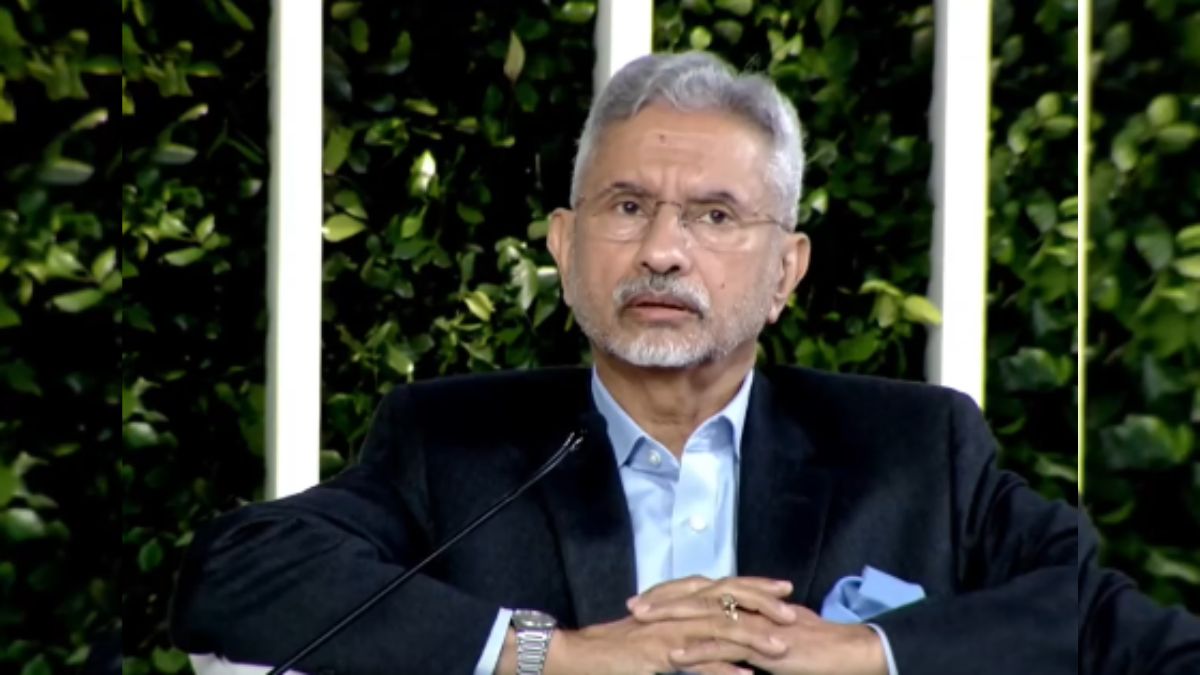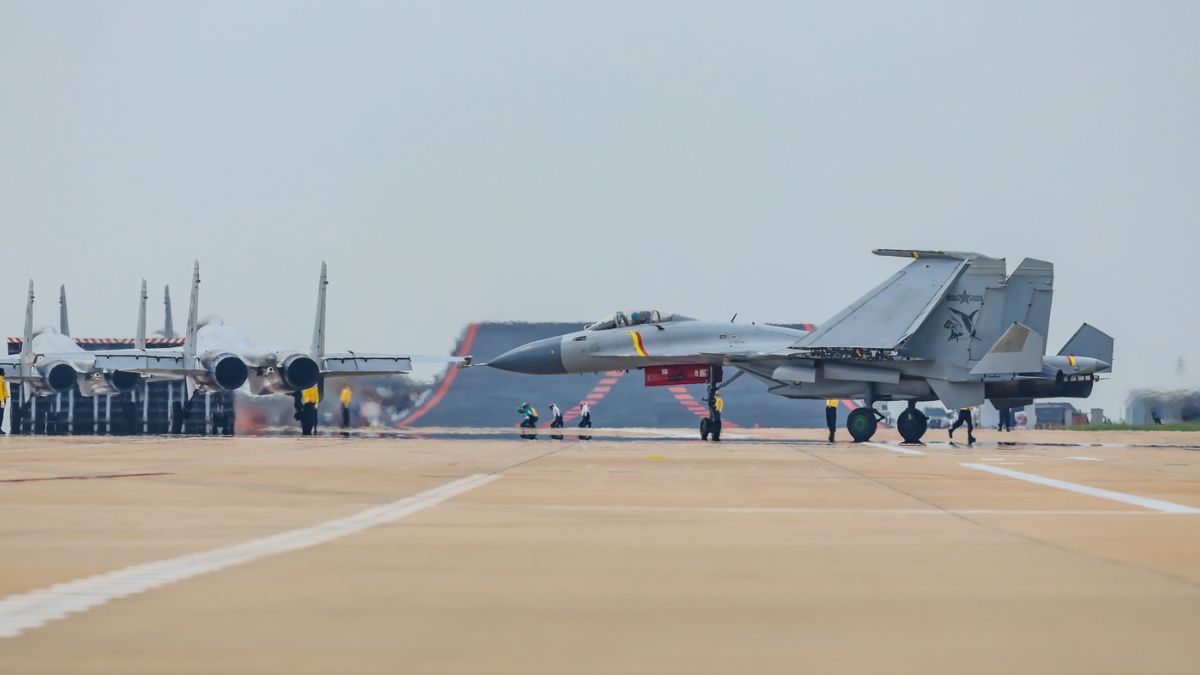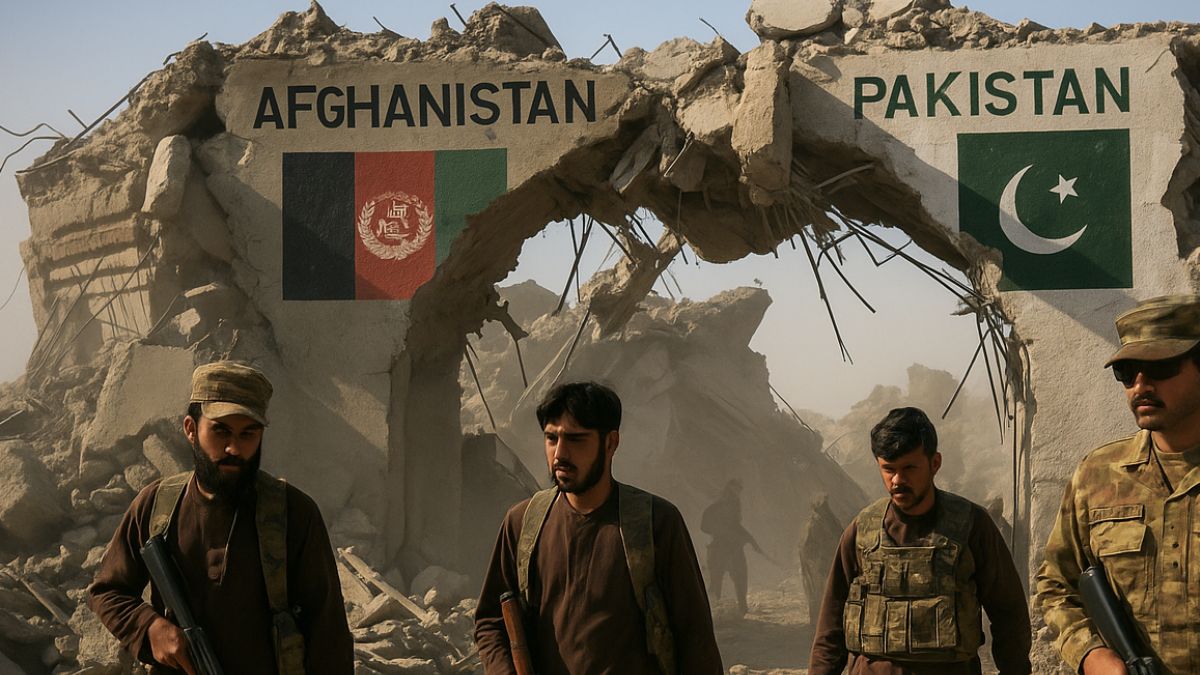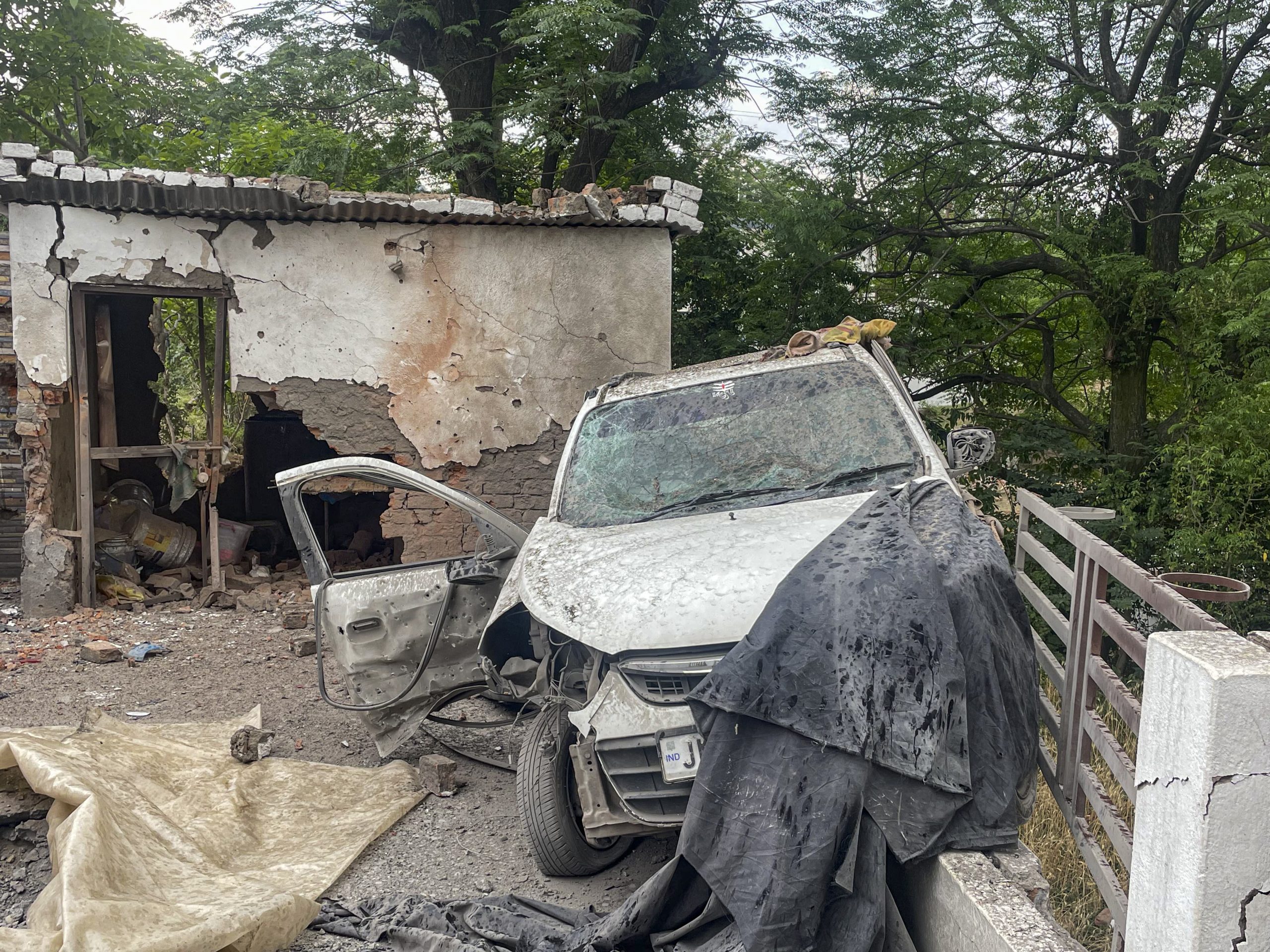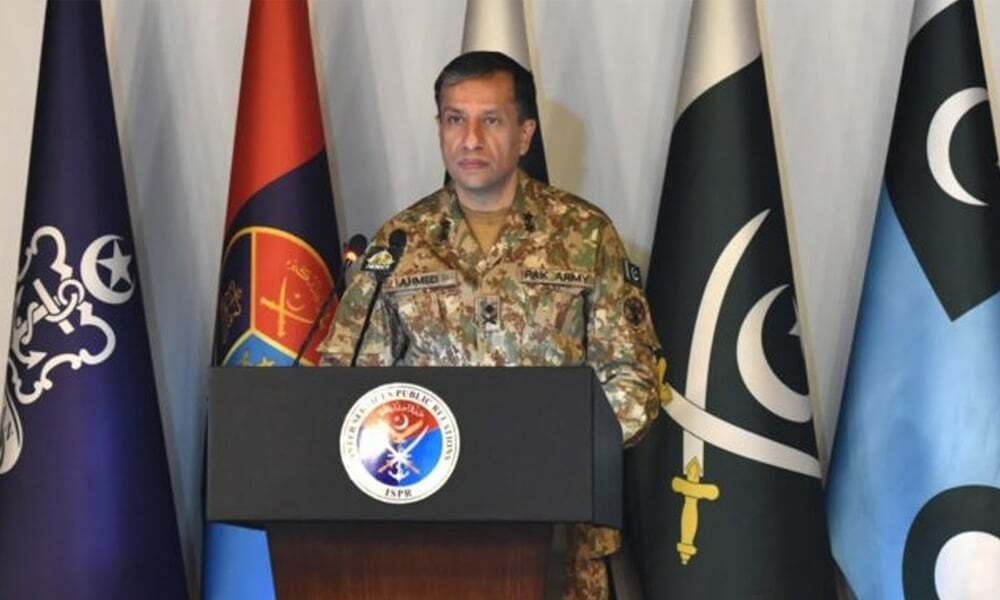Army Accelerates Modernisation Drive with Bhairav Battalions, Ashni Drone Platoons, Next-Gen Missiles

With 380 Ashni platoons already operational, the Army is well on its way to becoming a drone-empowered fighting force. Image courtesy: AI-generated picture via Sora
As it takes several steps towards modernisation, the Indian Army is now set to operationalise its first Bhairav Battalion on November 1, ushering in a new era of modernisation and multi-domain warfare. Taking a major step toward a leaner, tech-driven fighting force, over 350 Army battalions have been equipped with drone platoons.
Announcing the development, Lieutenant General Ajay Kumar, Director General Infantry, said that 25 Bhairav Battalions – each comprising 250 personnel drawn from various arms including infantry, artillery, signals, and air defence – will be raised within the next six months.
Additionally, each of the 380 infantry battalions now has an Ashni (fire) drone platoon that comprises at least four surveillance drones and six are of armed category. These UAVs will include Kamikaze drones and precision ammunition dropping unmanned aerial vehicles, Lt Gen said.
Indian Army modernization: Ashni and Bhairav battalions
These composite units are designed to bridge the gap between Special Forces and regular infantry, providing a rapid-response, high-impact capability for operations along India’s borders with China and Pakistan. According to Lieutenant General Kumar, the Bhairav battalions will be a lean, lethal force capable of swift deployment and multi-domain operations.
Ashni drone platoons: How they will revolutionise battlefield surveillance?
Alongside the Bhairav battalions, the Indian Army is expanding its drone warfare capabilities through the induction of Ashni drone platoons within its infantry units. These specialised platoons will oversee drone-based surveillance, loitering munitions, and kamikaze drone operations, significantly boosting situational awareness and strike efficiency on the front lines.
With 380 Ashni platoons already operational, the Army is well on its way to becoming a drone-empowered fighting force, capable of precision engagement and real-time intelligence gathering.
“Ashni platoons represent the Army’s evolution into a technology-driven force equipped for modern, networked warfare,” said Lt Gen Kumar.
Missile modernisation: From javelins to indigenous ATGMs
The Army’s modernisation push also extends to anti-tank guided missile (ATGM) systems. Lt Gen Kumar revealed that 12 launchers and 104 Javelin missiles are already in the procurement pipeline under emergency purchases, while several indigenous ATGM projects are progressing under the Aatmanirbhar Bharat initiative.
The DRDO’s MP-ATGM programme and a Make-II procedure for a fourth-generation ATGM system are at advanced stages, marking a decisive shift toward self-reliance in precision strike weapons.
Army to order 2,400 Nag Mark-2 Missiles
In another landmark step, the Indian Army is set to place a large-scale order for 2,408 Nag Mark-2 Anti-Tank Guided Missiles (ATGMs) along with 107 NAMICA tracked carriers. Manufactured by Bharat Dynamics Limited (BDL), the Nag Mark-2 represents a third-generation, fire-and-forget missile that has undergone successful field evaluation trials.
The advanced NAMICA-2 launcher system features user-driven upgrades, improving target acquisition and launch precision, and will further strengthen India’s armoured warfare capabilities.
Indian Army transforming for tomorrow
The introduction of Bhairav Battalions, Ashni Drone Platoons, and next-generation missile systems underscores the Indian Army’s commitment to transform into a modern, agile, and technology-dominant force. From AI-enabled drones and multi-role units to indigenously developed guided missiles, the Army’s modernisation roadmap reflects a clear focus on self-reliance, jointness, and future warfare preparedness.
As Lt Gen Kumar highlighted, these initiatives will collectively redefine India’s battlefield posture, ensuring that the nation remains combat-ready and strategically ahead in a rapidly evolving security environment.
Worth pointing out here is that the Infantry’s transformation is guided by six pillars:
Lethality – Induction of 7.62 mm rifles, 4th/5th gen anti-tank systems, new rocket launchers, and loiter munitions for drone-enabled precision strike.
Mobility – Fielding of Quick Reaction Force Vehicles, All-Terrain and Light Specialist Vehicles for high-mobility operations.
Communication – Shift to Software Defined Radios (SDR) for encrypted, interoperable battlefield connectivity.
Battlefield Transparency – Wider use of drones, surveillance radars, and thermal imagers for real-time situational awareness.
Survivability – NIJ Level IV ballistic gear, bulletproof jackets, tactical shields, and enhanced soldier kits.
Training – Adoption of tactical simulators, containerised firing ranges, and digitally aided combat training systems.
